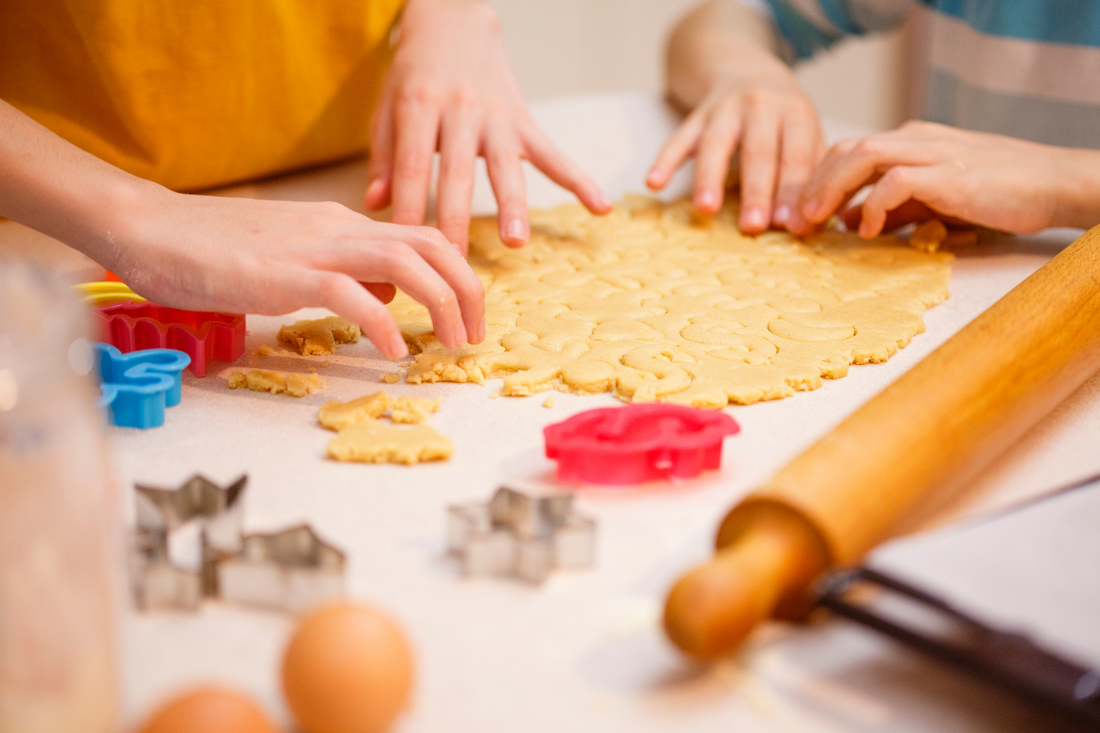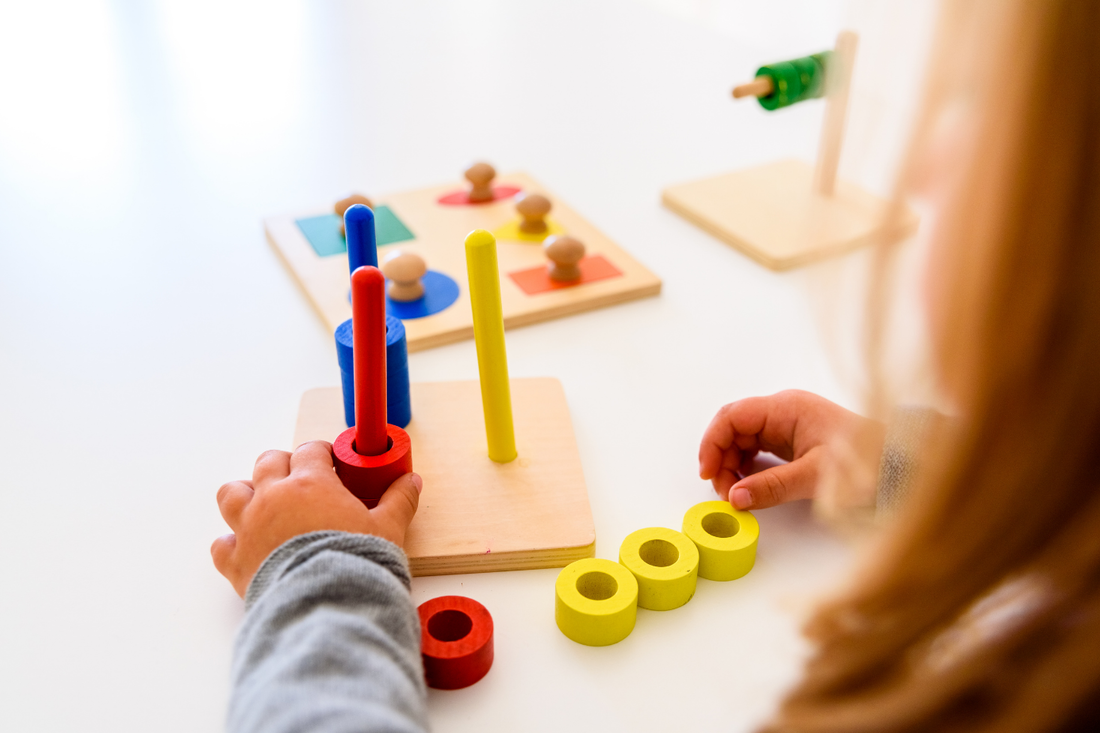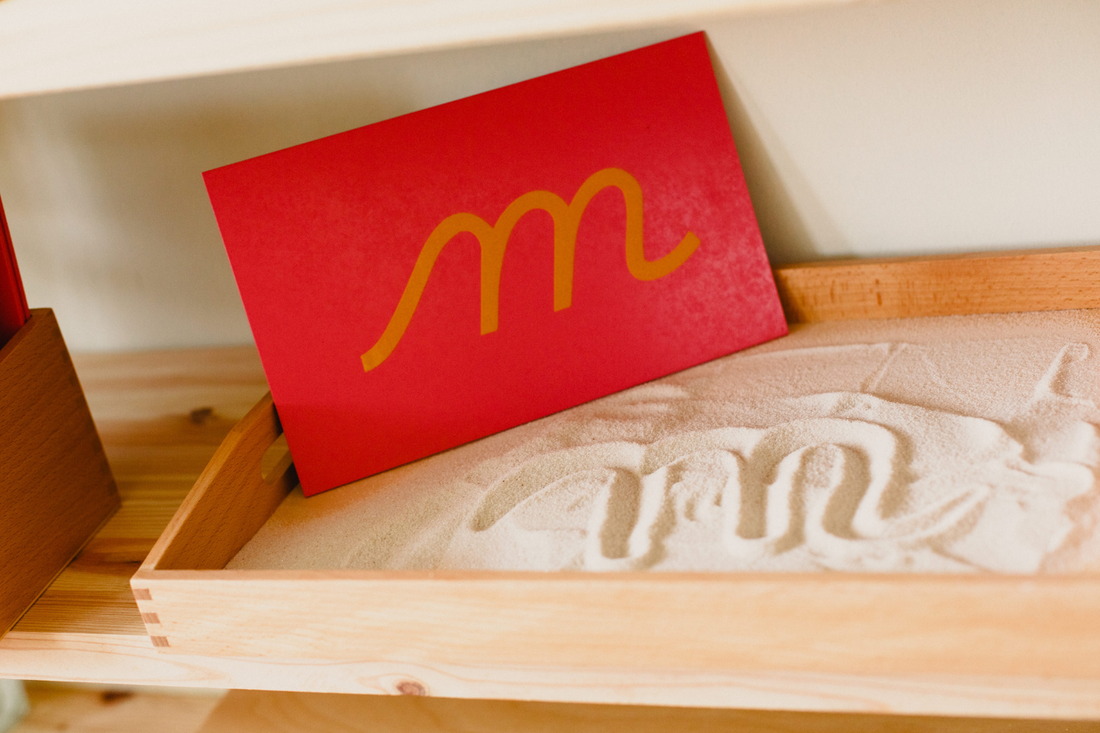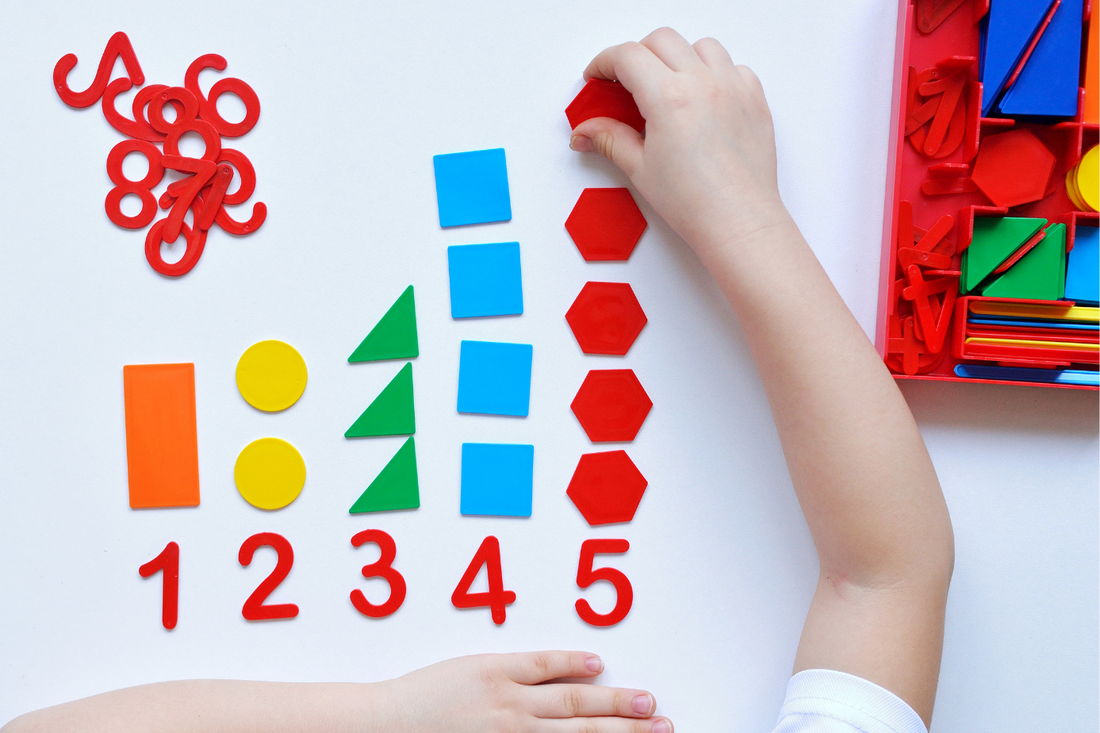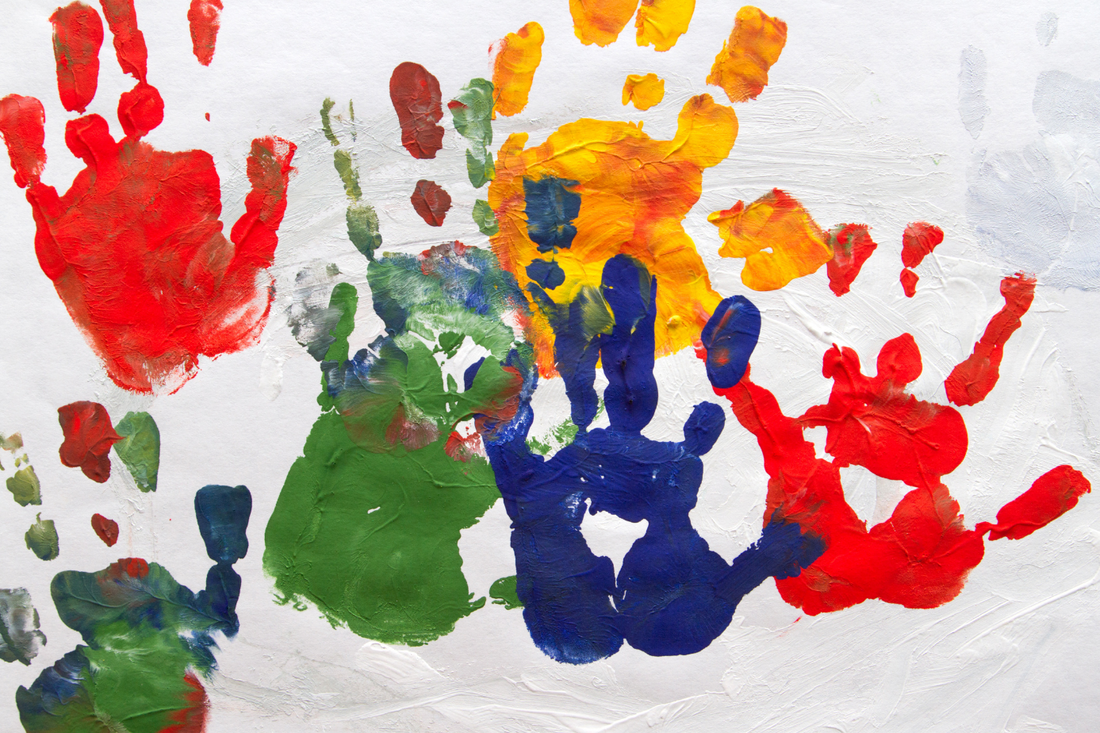Carnegie House Preschools in Paarl offers a classroom environment for babies - the Nest (from 4 months to 16 months), a toddlers environment from 16 months to 3 years - the Den and a classroom environment for children from about 3 years to 6 years - the Hive. All classroom environments are run by experienced staff who uphold the core Montessori principles of independence, respect and freedom within limits. Both the Toddler and Preschool environments are comprehensive, challenging and diverse.
The classroom is divided into five core curriculum areas
PRACTICAL LIFEThrough a variety of activities, the child learns skills for daily living and helps develop manual dexterity, hand-eye co-ordination, concentration, independence and the ability to initiate his own learning.
|
SENSORIALThis area provides opportunities for the refinement of the five senses through concrete experiences. The child is able to order, classify and describe sensory impressions in relation to length, width, temperature, mass, colour and pitch.
|
LANGUAGEEach child’s language skills are enriched through vocabulary, conversation and comprehension activities. The phonic approach to reading is used and the children are encouraged to experience the diversity of language in as many ways as possible.
|
MATHEMATICSThis area makes use of manipulative, concrete materials to enable the child to internalise concepts of number, symbol, sequence, operations and memorization of basic facts.
|
CULTURAL SUBJECTSThese activities expose the child to basics in geography, history, science, botany and zoology. Music, art and movement education are part of the integrated curriculum. The aim of this area is to help the child to become a “true citizen of the world.”
|
